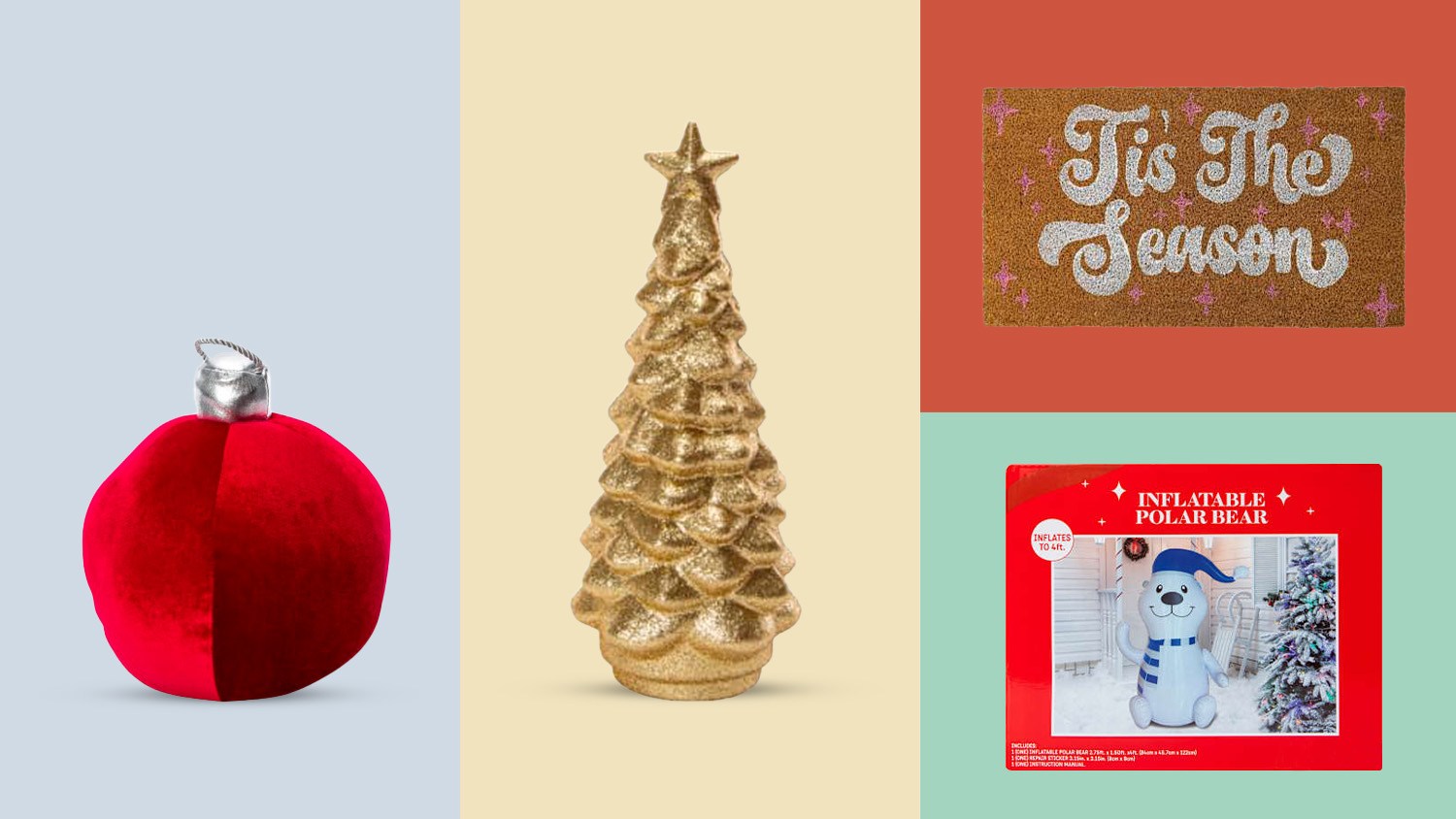(NEXSTAR) – People all over the world have long associated eyes with beauty, as evidenced by the plethora of paintings, poetry and songwriting which depicts or describes a set of physically attractive peepers.
But what is it about some eyes that make them especially compelling? Why are certain sets of eyeballs so attractive that they necessitate immortalization in literature, artwork and song?
It might just be that they have smaller pupils and larger irises, according to the results of a study from researchers in Europe and the U.S.
“Physical attractiveness profoundly affects a broad array of life experiences and outcomes, and the eyes are an important determinant of physical attractiveness,” the researchers wrote in the abstract of the study, as published in the journal Cognition. “We investigated whether a particular feature of the eyes — pupil size — affects perceived attractiveness.”
As discussed in the study results, the authors — researchers Dr. Marina Cossu (University of Amsterdam), postdoctoral scholar Maria Giulia Trupia (UCLA) and Prof. Zachary Estes (University of London) — sought to determine which physical attributes of the human eye were most likely to be perceived as more attractive, especially after more than a dozen similar studies had produced inconclusive or contradictory results over the last several decades.
They also called into question previous “influential” research from E.H. Hess, a scientist whose work in the ‘60s and ‘70s indicated that larger pupils were seen as more attractive. Similar earlier studies had also associated large pupils with neoteny (childlike features exhibited on adults), which has been believed to make a person appear more youthful and, therefore, more attractive, the authors noted.
“So we set out to do the biggest, most systematic series of studies on the topic, to finally answer this question more convincingly,” Estes told Nexstar.
Approximately 3,000 subjects participated in the study, which encompassed six different experiments: Some involved showing the participants photographs of the same people, albeit with digitally-manipulated eyes to make the pupils appear larger (thus reducing the size of the iris) or smaller (thus increasing the size of the iris). Other experiments involved showing participants just a set of eyes (and not full faces), with either large pupils or small pupils, or large, “neutral” (medium) or small pupils.
The subjects were then asked to rate each face or set of eyes on attractiveness. In all of the above experiments, the photographs featuring eyes with smaller pupils (and larger irises) won out, sometimes “significantly” so, the researchers said.
The team also accounted for eye color, showing participants black-and-white photos of people with smaller or larger irises. Again, photos of people with constricted (smaller) pupils were more often said to be the most attractive, with participants describing such eyes as brighter (i.e., having a larger visible iris).
“In a nutshell, constricted (small) pupils show more of the colorful iris, but it’s actually the brightness (not the color) that makes constricted pupils more attractive,” Estes told Nexstar of the study.
The results, the researchers suggest, may challenge the general beliefs surrounding eyes and their role in the perception of beauty.
And who knows? These findings may even prompt a few people to seek out beauty products and photo filters to enhance their own irises — and possibly inspire an admirer to write a song or poem about their now-smaller-pupiled peepers.
“Whether through lighting conditions, contact lenses, social media filters, or beauty enhancement apps, our research reveals a small but impactful way in which people can modify their appearance to enhance their attractiveness and improve others’ perceptions of them,” the researchers wrote.











